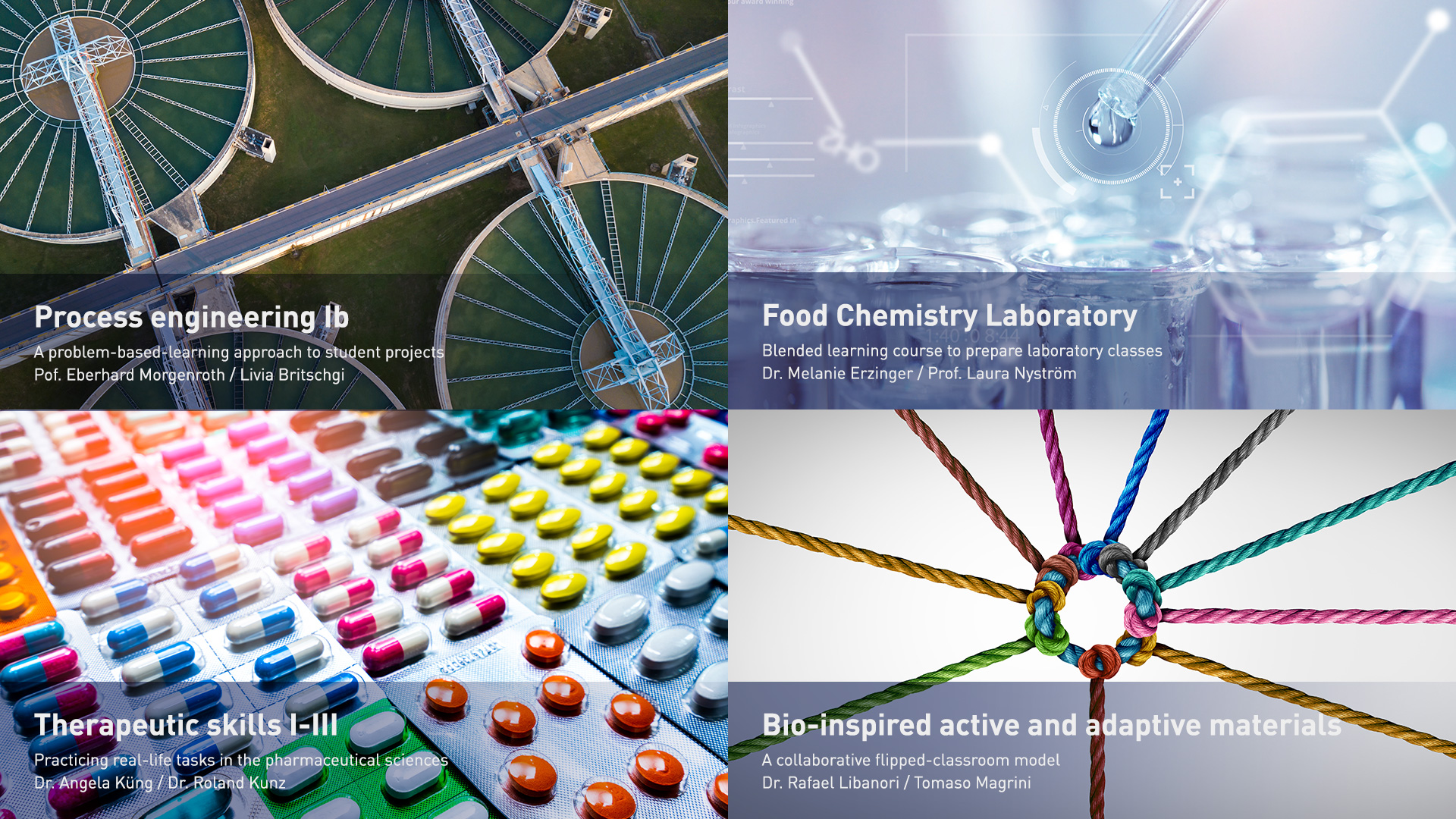Blended learning
Blending elements of learning-at-a-distance and face-to-face teaching
Many students and faculty members are back on the campus. With a number of Corona semesters under our belts, we have the opportunity now to compare our experiences from those distance-learning semesters with the time before Corona. What is the value of face-to-face teaching? What do students do in my class? To learn what? In addition, we can compare with the regained freedom to teach face-to-face.
This refocusing on the value of face-to-face teaching has many of us wonder how to best spend our time in the lecture halls and seminar rooms. And how the students should best spend their time with us.
Blended learning has been around before Corona forced everybody into remote teaching. Many concepts for how to blend elements of learning-at-a-distance and face-to-face teaching have been developed. However, due to the pandemic never in the past have so many peaple made the direct experience of being part of the blended learning community.
Showcasing 4 different examples
We would like to present a few examples from ETH courses, where ETH faculty has developed course concepts that actively engage students in a variety of ways. All presented courses make use of their face-to-face time with the students to give them the opportunity to acquire, to practice, to collaborate, to discuss, to investigate or to create content. The examples also show which complementary activities are carried out online. The activities are categorized based on the ABC Learning Design format, which offers a set of comprehensible definitions of what students do in a course.
Click on the titel below to see the examples:

How can you incorporate blended learning elements into your course?
- Use Moodle as the platform for your course. Moodle offers many possibilities for online learning activities and helps to organise your course.
- Encourage student interaction in face-to-face sessions with up to 800 students. With EduApp you can easily ask questions to the students and they can answer them immediately. You can get feedback from students on the teaching process, check their level of knowledge or discuss misconceptions.
- «Flip» your lecture. In a flipped classroom setting, students prepare for the classroom event using mostly digital learning materials. Classroom teaching is then intended for exchange between students and teachers. The time spent together is increasingly used for active learning with the aim of making learning more effective.
- (Re)design your course: Get advice and do a «Rapid Course Design Workshop» (contact person: ). Find out how you can support and enrich your lessons with different tools.
- ).
- Launch a MOOC: In a MOOC you and your ETH students benefit from the exchange with international participants.
- Apply for a blended learning project at the Innovedum fund. If successful, you will have access to financial resources, among other things, to implement a blended learning concept in your teaching. And find out about previous Innovedum projects.
Contact
Abt. für Lehre und Lernen
Haldenbachstr. 44
8092
Zürich
Switzerland
